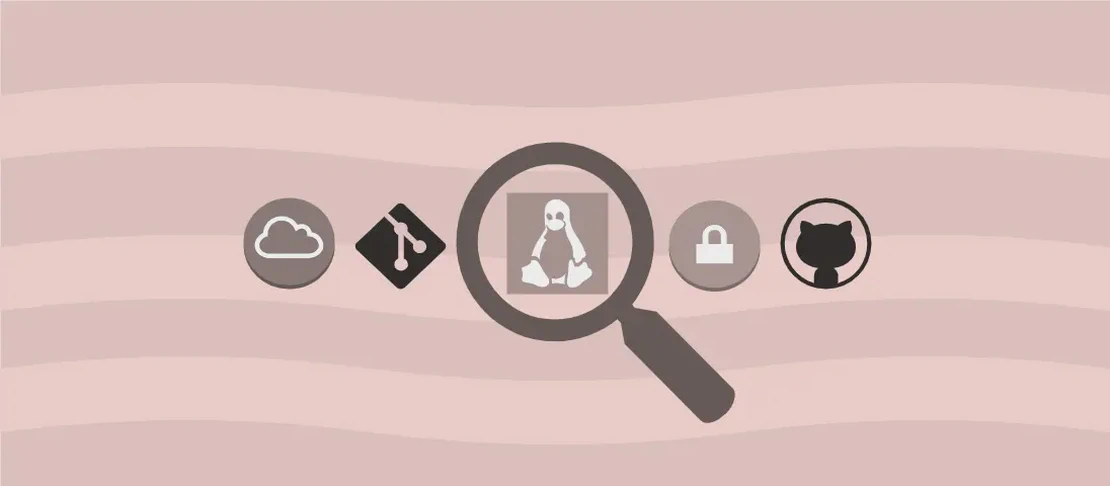
How to use the command 'hr' (with examples)
The hr command is a simple utility designed to output horizontal rules or dividers in the terminal. This tool can be quite useful for organizing and visually separating sections of output when working in a command-line environment. By default, hr prints a line of dashes across the terminal width, but it also offers customization options that allow users to adapt the appearance of the horizontal line, such as changing the character used or creating a multi-line rule.
Use case 1: Print a horizontal rule
Code:
hr
Motivation:
Printing a horizontal rule can be extremely beneficial for organizing terminal output, particularly when dealing with long or complex scripts. By adding a simple horizontal line, you can break up large blocks of text into manageable sections, making it easier to identify and distinguish between different parts of your output. This can improve readability and help you or your team quickly understand what each part of your output is meant for.
Explanation:
The hr command, when run without any arguments, prints a horizontal rule consisting of a series of dash (-) characters spanning the width of the current terminal window. This default behavior ensures that the rule can visually separate sections of text or output without requiring any specific configuration or input from the user.
Example output:
------------------------------------------------------------
Use case 2: Print a horizontal rule with a custom string
Code:
hr =
Motivation:
Flexibility and customization are key when working with command-line utilities. The ability to print a horizontal rule with a custom string allows users to choose a character or string that fits with their personal style or the visual requirements of a specific script. For instance, you might want a more prominent divider, so using a character like an equal sign (=) could provide a stronger separation than the default dashes.
Explanation:
When you provide a string as an argument to hr, the command replaces the default dash character with the supplied string. In this example (hr =), the command will output a line of equal signs, which provides a distinct visual appearance compared to the dash line. This customization lets the user make the terminal output more visually appealing or contextually appropriate.
Example output:
============================================================
Use case 3: Print a multiline horizontal rule
Code:
hr - * ~
Motivation:
In some scenarios, a single line might not be sufficient to separate information effectively, or you might want to add an artistic touch to your terminal output. Using multiple strings in a single hr command allows for the creation of a composite, multi-line horizontal rule. This can be especially useful in complex scripts or outputs where additional distinction between sections is needed, or where you want to create a more engaging visual presentation in your terminal.
Explanation:
The command hr - * ~ takes multiple arguments and produces a multiline horizontal rule. Each argument corresponds to a different line in the output. The first line consists of dashes (-), the second line uses asterisks (*), and the third line employs tildes (~). The versatility shown by this command helps in tailoring outputs to fit specific aesthetic or organizational goals.
Example output:
------------------------------------------------------------
************************************************************
~~~~~~~~~~~~~~~~~~~~~~~~~~~~~~~~~~~~~~~~~~~~~~~~~~~~~~~~~~~~
Conclusion:
The hr command is a versatile tool for anyone working extensively in the command line, offering ways to enhance output readability through visual organization. Whether using the default dash, customizing with different strings, or even experimenting with multi-line dividers, hr supports various styles of output formatting. Each use case demonstrates its capability to cater to different needs, whether for clarity, customization, or aesthetic appeal in terminal output, making it a valuable addition to any toolset.

